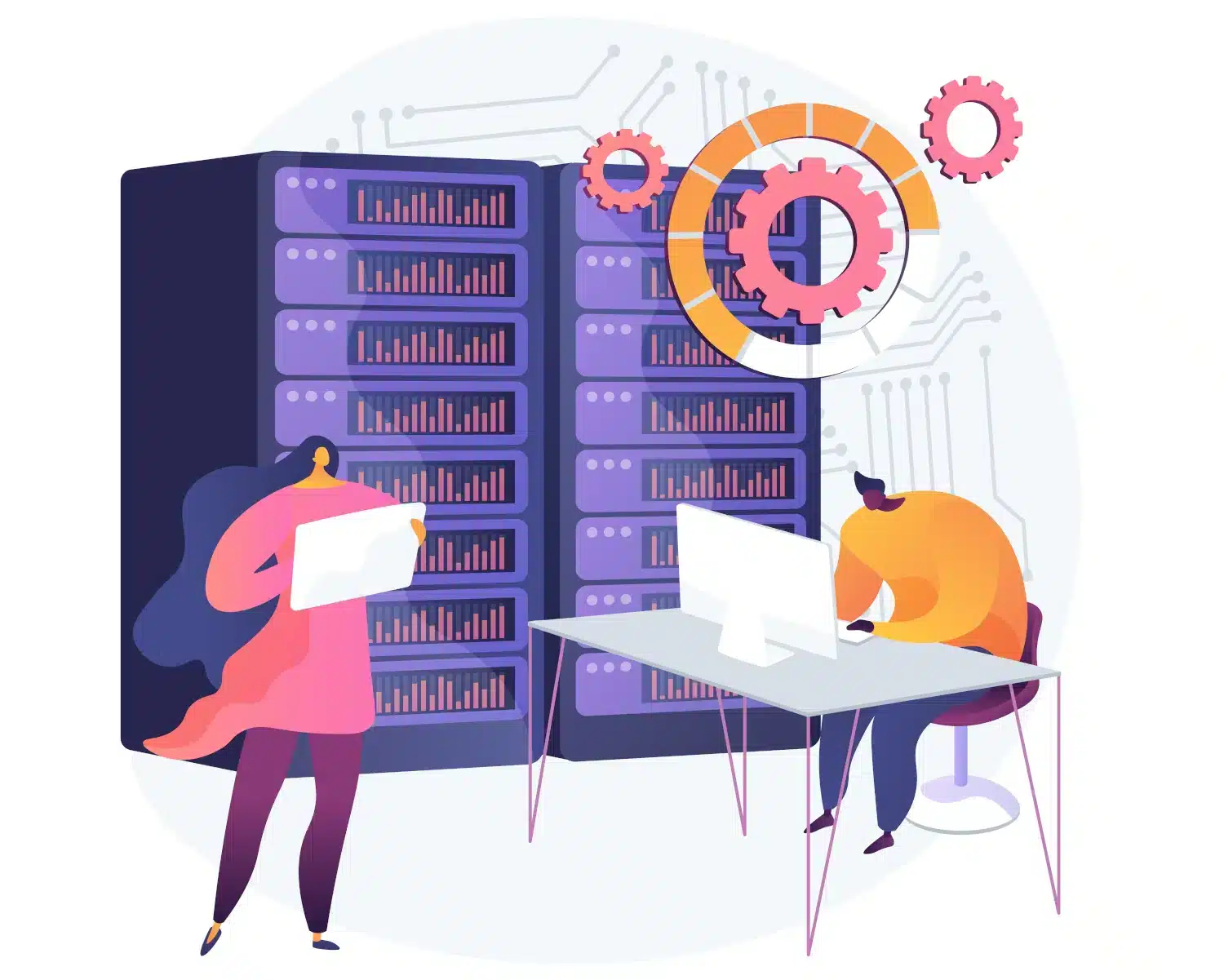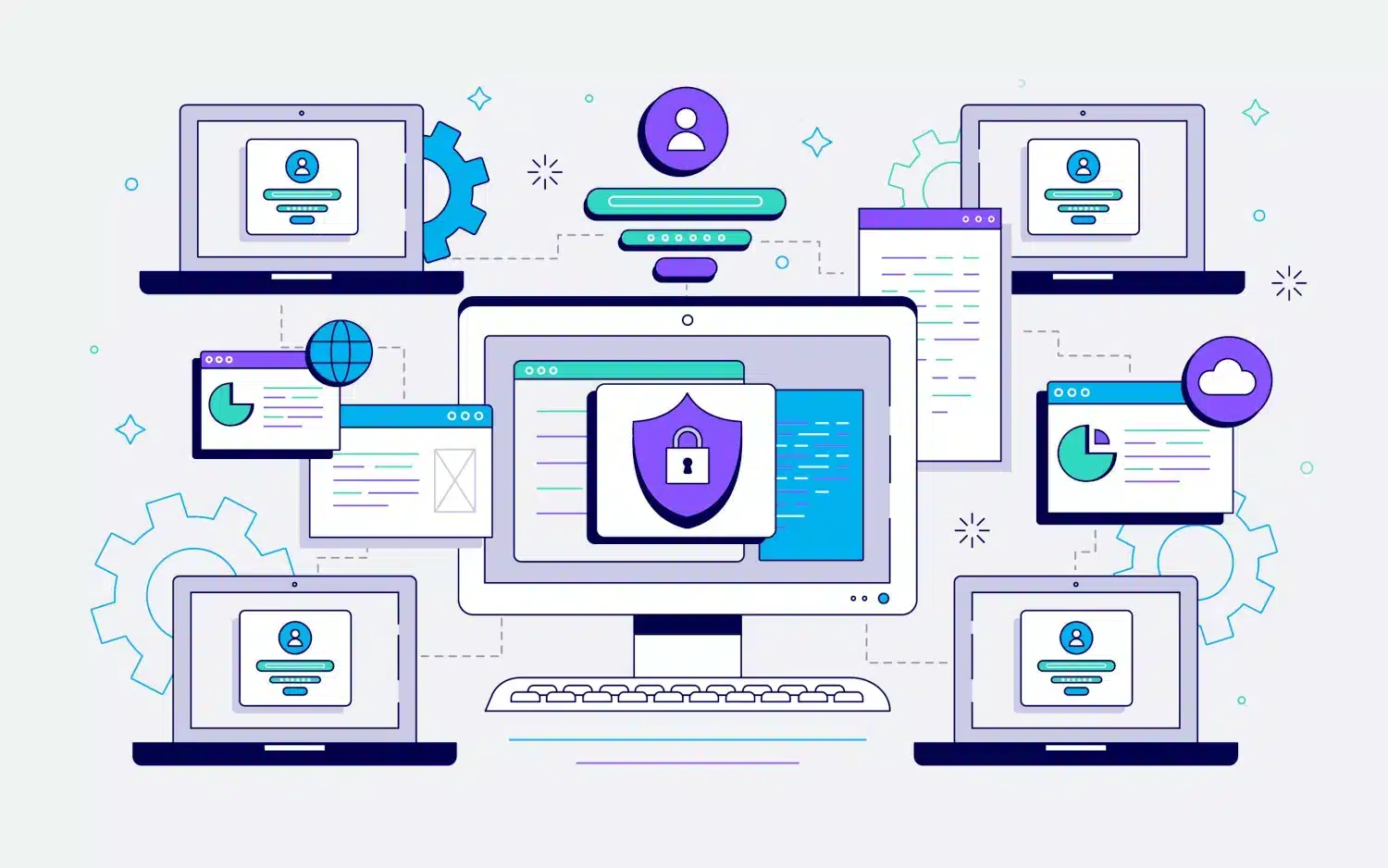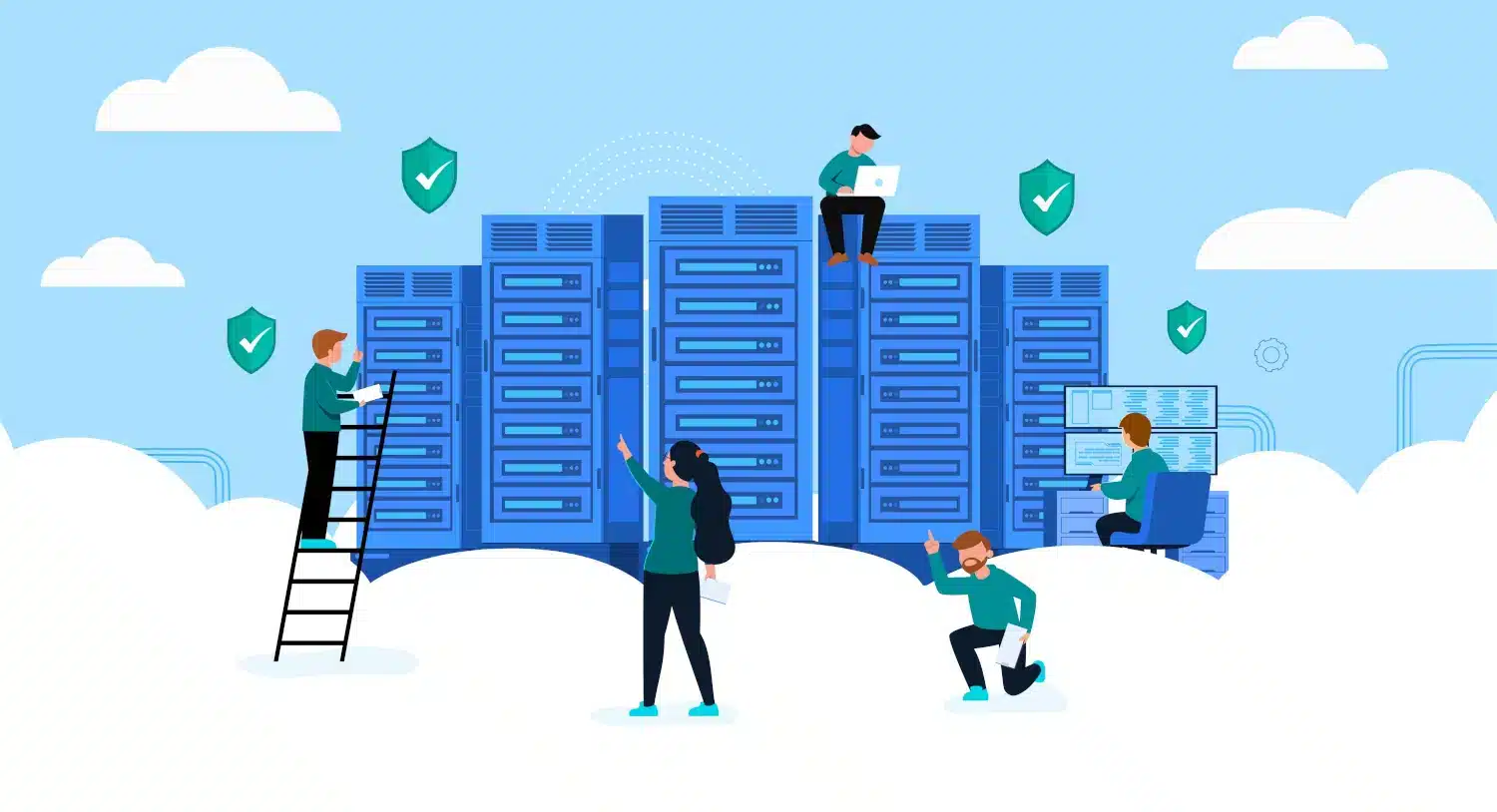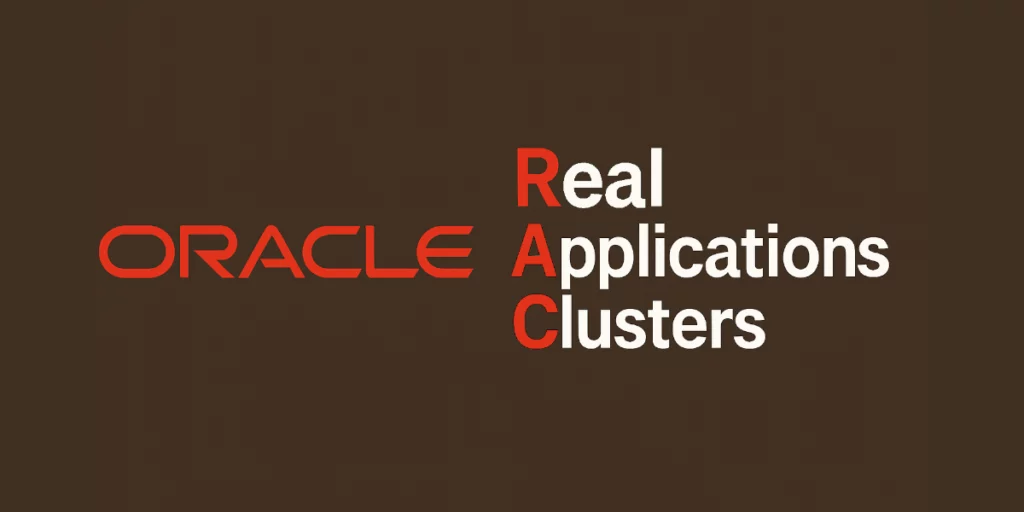Oracle RAC is a technology designed to ensure continuity of services even when infrastructures fail. Discover how it works, its advantages, and why it remains one of the most reliable solutions on the market for critical systems!
Zero downtime. It’s the promise every company dreams of making, especially when its data powers real-time operations. But between network outages, server crashes, and load spikes, reality is often less than ideal.
Fortunately, as far back as 2001, Oracle introduced a powerful technological asset: RAC, or Real Application Clusters. This distributed database system is designed to absorb shocks, intelligently distribute the load, and ensure virtually uninterrupted availability…
What exactly is Oracle RAC?
Rather than operating the Oracle Database on a single server (known as an Oracle instance), RAC allows it to run simultaneously on multiple physical servers connected to shared storage.
Each server in the cluster operates its own Oracle instance, yet all access the same database. So, if one server fails, the others seamlessly take over without interruption to service. Even better: the workload can be dynamically distributed among the servers, enhancing overall performance.
Oracle RAC can thus transform a single database into a distributed, fault-tolerant, and highly scalable system, all without the end-users noticing any difference.
How does it work? The technical backstage
The secret to this well-oiled machine is its cluster architecture: several servers, known as nodes, each run an Oracle instance but all share access to the same shared storage where the data is stored.
To ensure data consistency among these instances, RAC employs a technology called Cache Fusion. Instead of constantly writing to disk, the nodes exchange data blocks directly in memory via a high-speed interconnect.
This enables performance akin to a centralized system but with the resilience of a distributed system. Complementing this is a cluster manager (Oracle Clusterware) that orchestrates everything from failure detection to automatic instance restarting.
The result is an infrastructure capable of absorbing any failure without missing a beat. Should a server fail, the others continue to run the database without any data loss or interruption in transactions.

The real benefits of Oracle RAC
RAC’s primary strength is its high availability. If one server fails, there’s no impact on the user. The other nodes in the cluster immediately assume the load. For sensitive sectors (finance, healthcare, e-commerce…), it offers a guarantee of peace of mind.
The second advantage: horizontal scalability. Need more power? Just add a node to the cluster. There’s no need to stop the database or perform migrations. Elasticity is built-in. Another strong point is the dynamic distribution of queries. The cluster can distribute sessions, connections, and loads among different instances, based on available resources.
This ensures continuous fluidity, even during peak load times. Not to mention, RAC allows for centralized management while benefiting from a distributed architecture. It’s a rarity in the world of critical databases, where complexity is often the price to pay for robustness. This combination of fault tolerance, optimized performance, and smooth scalability establishes RAC as a true benchmark!
Use cases where RAC truly shines
Oracle RAC excels wherever the slightest downtime costs money, reputational damage, or even human harm. Take the example of a bank. An Oracle database hosting client transactions simply cannot afford failure.
A RAC cluster ensures uninterrupted service, even if a server conks out amidst a trading day. The same principle applies in telecoms. Billing, calls, and access to customer data are all conducted in real-time.
A database failure renders services unusable, dissatisfies clients, and damages reputation. With Oracle’s solution, calls continue uninterrupted. In the healthcare sector, RAC can support critical applications for medical records management. Each node in the cluster provides an added layer of reassurance against interruptions in accessing critical data.
In e-commerce, it’s a matter of revenue. During peak shopping events like Black Friday, a second of lag can translate to reduced conversions. Yet, RAC enables the absorption of massive traffic spikes without slowdowns or crashes. That’s why it’s an excellent choice for ensuring continuous availability, scalability, and ultimate reliability.

Limits, constraints... and alternatives
Despite its many benefits, Oracle RAC is not suitable for everyone. The first obvious constraint is the cost. Between Oracle Enterprise Edition licenses, the RAC option, servers, shared storage, and the necessary expertise… expenses can skyrocket.
It’s not a “plug and play” system, but an elite infrastructure, necessitating significant investment commensurate with its features. The second constraint is operational complexity. Setting up, maintaining, and troubleshooting a RAC environment requires advanced skills.
This is a demanding ecosystem, often requiring a dedicated DBA team. Another limitation is that not all applications scale well with RAC. Some poorly designed or highly monolithic applications don’t fully benefit from clustering. The application architecture must be designed to leverage this distribution.
For those seeking simpler (or cheaper) alternatives, Oracle offers Data Guard for disaster recovery or GoldenGate for replication. In the cloud, services like the Oracle Autonomous Database deliver high availability without the hassle of cluster management.
What about Oracle RAC in the cloud?
Long reserved for on-premises data centers, Oracle RAC has finally made the leap to the Cloud. But only to Oracle Cloud Infrastructure, as it is presently the sole Cloud environment officially supported for RAC in true production.
This allows the deployment of a complete RAC cluster on virtual machines or bare metal in OCI, with shared storage via Oracle Cloud Block Volumes or Exadata Cloud Service. And contrary to popular belief, this is not a toned-down version: it includes all the critical features of RAC: high availability, Cache Fusion, fast interconnect… but gains cloud-native flexibility and elasticity.
The primary advantage is there’s no longer a need to manage hardware. Oracle takes care of it. A few clicks suffice to add a node to the cluster. However, a fully supported Oracle RAC installation is impossible on Azure, AWS, or GCP. These platforms offer alternatives, such as multi-AZ replication or managed databases, but they don’t replace RAC for intensely demanding workloads.
Also note that Oracle now promotes Autonomous Database and Exadata Cloud@Customer offerings, integrating high availability mechanisms… without necessarily relying on RAC. This opens the door to new hybrid models: a core Oracle RAC on OCI, connected to managed or on-premises services via FastConnect.

Oracle RAC, between fault tolerance and continuity promise
Every minute of downtime can cost thousands of euros. In the face of this danger, Oracle RAC stands as a robust, high-performance, and resilient solution. Whether it’s for securing banking transactions, supporting vital medical applications, or handling surges on an e-commerce site, it meets the challenge of business continuity without sacrificing performance.
However, deploying such technology requires more than basic knowledge: you must master the Oracle ecosystem, understand cloud logics, and know how to translate business needs into concrete solutions.
This is precisely what the Oracle Cloud Finance Consultant training from DataScientest teaches you! It’s designed for finance, IT, or business management professionals, immersing you in the Oracle Cloud ERP environment, Finance… and of course, the administration of Oracle solutions, including RAC in a cloud context.
Thanks to a project-oriented approach, you’ll learn how to deploy Oracle Cloud solutions, configure financial modules, and manage critical architectures in a cloud environment. All this is available in BootCamp, apprenticeship, or Continuing Education formats, complete with official Oracle certification upon completion.
Funded via CPF or France Travail, it’s a significant opportunity to advance your skills in a high-demand field. Train now with DataScientest and become an Oracle expert ready to meet the challenges of critical systems!










